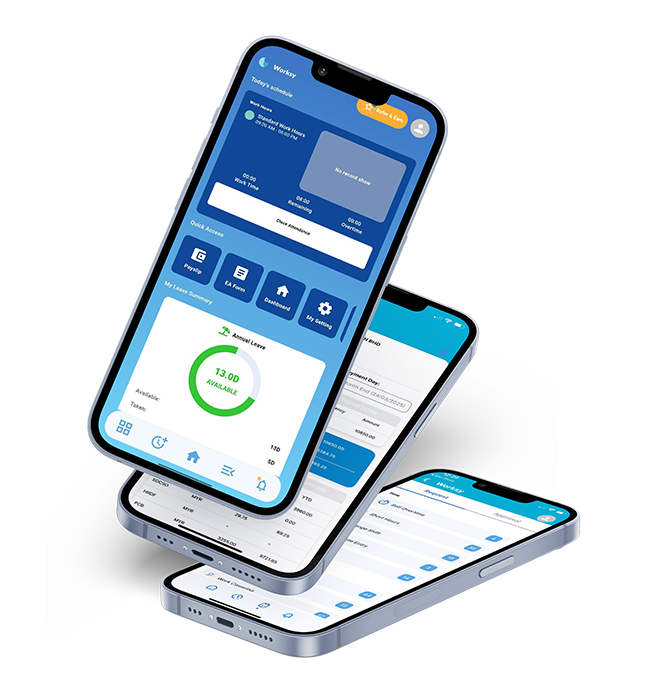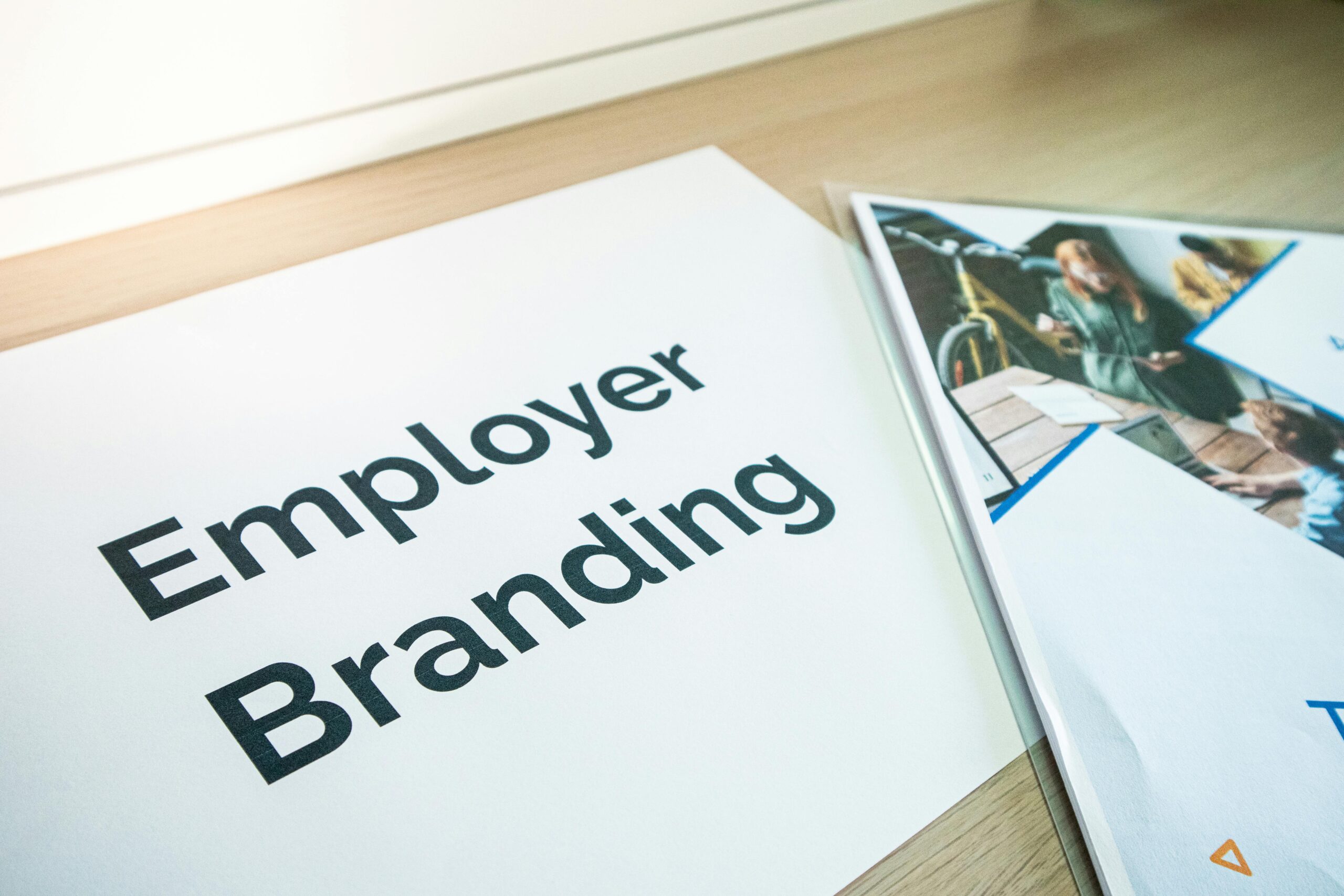scheduled free Worksy HRMS demo.

How Do You Talk to Employees About Excessive Absenteeism?
February 16, 2024
Simplify Employee Performance Management with the Right HRMS Tools
February 20, 2024It’s not said out loud but many organisations have invested time and money on employee engagement plans without understanding their business strategy. For example, implementing a trendy employee engagement initiative without knowing whether workers can benefit from it, or spending money on a program without considering if the employee is interested in participating.
However, claims to strengthen employee engagement isn’t enough – You’ll need to create a clear and actionable employee engagement plan to get there.
What is an Employee Engagement Plan?
Organisations developed this program to prioritise their actions for improving employee engagement by recognising key factors that influence employee engagement, identifying employees’ pain points, and creating customised initiatives to address them.
This is an ideal tool to get started with if your company is willing to make a significant difference in how your organisation approaches employee engagement.
According to a Gallup survey, 36% of employees expressed that they are engaged at work – even though employee engagement has received an increase of attention in many organisations.
With that said, contributing factors of low employee engagement include a lack of respect from superiors, poor company communication, and a lack of alignment with the company’s mission.
Engaged employees are known to contribute to long-term employee retention, higher productivity levels and increased job efficiency. Hence why it’s become more obvious that company leaders need to tart seeing employee engagement as a strategic business goal.
How Do You Build an Employee Engagement Plan?
1. Ask The Right Questions
An organization must define its values before implementing plans. Employees who feel connected to the organisation’s mission and priorities are more involved in their jobs.
Start by writing down your company’s mission, principles, short and long-term objectives, and what your company is doing to strengthen its brand positioning. Include critical thinking, why was the company founded, and what values does it serve to customers, vendors, clients and the community? What traits do you look for in your employees?
2. Prepare a Research Plan: Conduct a Company Survey
To build an action plan, you must first find out what works and what doesn’t to engage with your employees. Creating a company survey helps you generate realistic results to determine your company’s strengths and weaknesses and areas for growth. Determine what drives employee engagement to understand the underlying factors, especially what is working and what isn’t.
Consider the following factors:
- Learning and growth opportunities
- Parental leave policy
- Health insurance
- Communication norms
- Frequency and type of employee rewards
- Promotion procedures
- Hands-on management
- Healthy work environment
Concentrate employee feedback you get instead of the scores. Take note of any recurring themes or trends in the categories of questions. The aim of employee engagement surveys isn’t to make the company look good but to help it improve.
Managers can meet with teams from various departments to discuss each finding. You can also get more insights into the workforce’s engagement through regular meetings, focus groups, and company get-together.
3. Brainstorm Solutions
Find ways to encourage an innovative and open dialogue as it allows teams to question assumptions, consider different points of view, and reframe challenges as opportunities.
Review your notes from the meeting, review the focus group meetings, and begin brainstorming ways to enhance each focus area. Make a list of ideas, then talk about which ones the group prefers.
Gain a deeper understanding of how a particular program aligns with your organisation’s priorities and needs.
For example, is the focus of your plan about rewards and recognition as a means to express gratitude for your employees? Define the characteristics of the said program. What kind of behaviours will be rewarded? When and what kind of rewards will be offered? How often should they be rewarded? And more importantly, how does this all relate to your organisation’s goals?
4. Take Action
Once you’ve established the objective of your plan, it’s time to take action. Aim for a long-term effect on engagement and make sure that your team members are accountable for their actions. People tend to lose interest or get distracted by other goals in the year if they don’t make a consistent commitment.
Your team should know who is responsible for the specific acts, the timelines for monitoring progress, the success metrics, and the deadlines.
Set SMART (Specific, Measurable, Achievable, Relevant, Timely) goals for your employee engagement plan and its objective to easily track progress and results.
5. Conduct Regular Evaluations
Regularly communicate with your employees to gather feedback and make any necessary changes quickly and efficiently. It is essential to measure plan’s effectiveness against defined performance metrics once a month, or every six months (depending on your timeline).
In addition to that, measure turnover metrics, employee attendance metrics, and in-house engagement survey results to see how effective these facets of the strategy are at increasing engagement. While it’s no easy task to plan and execute an employee engagement plan, you’ll find that your company efficiency and employee satisfaction will improve if it’s done right.

Tired of HR chaos? Let Worksy simplify your workflow.
Request free demo now*Terms and conditions apply.





